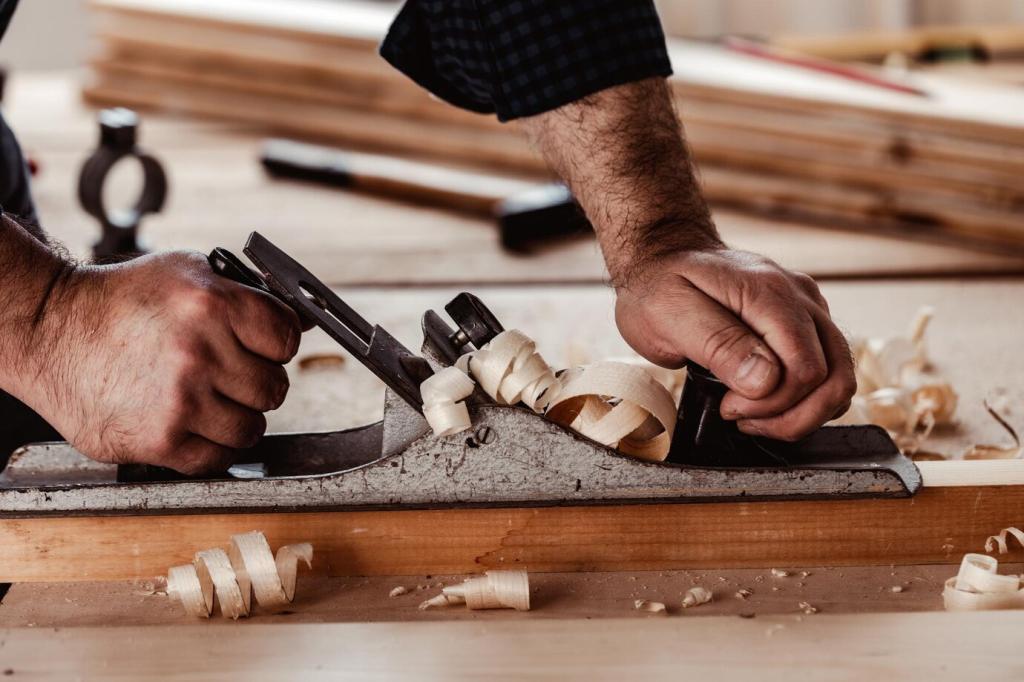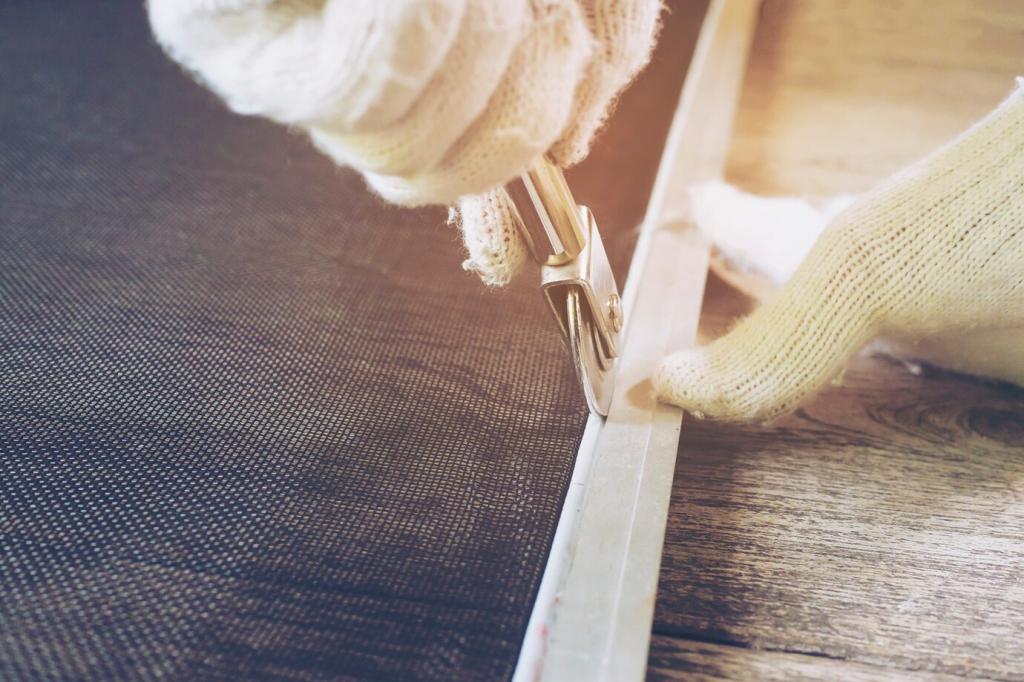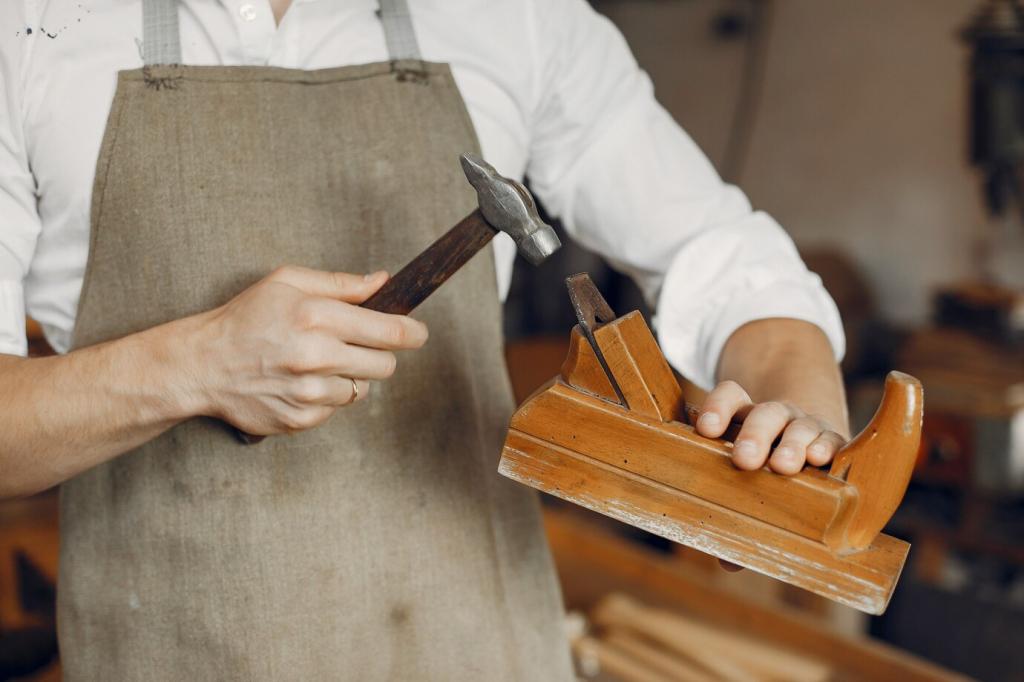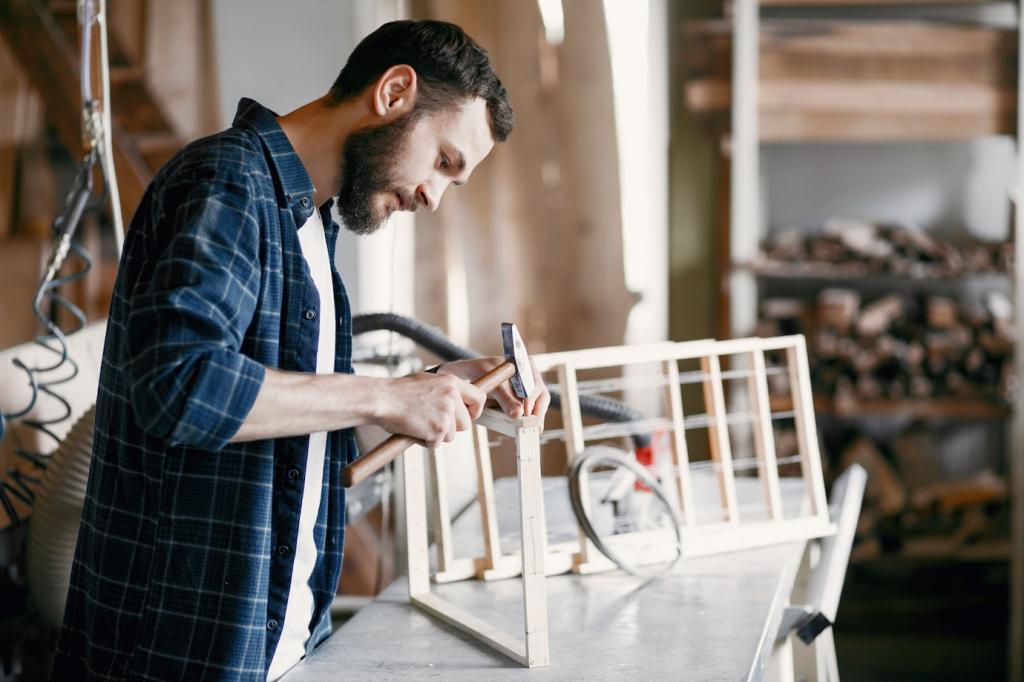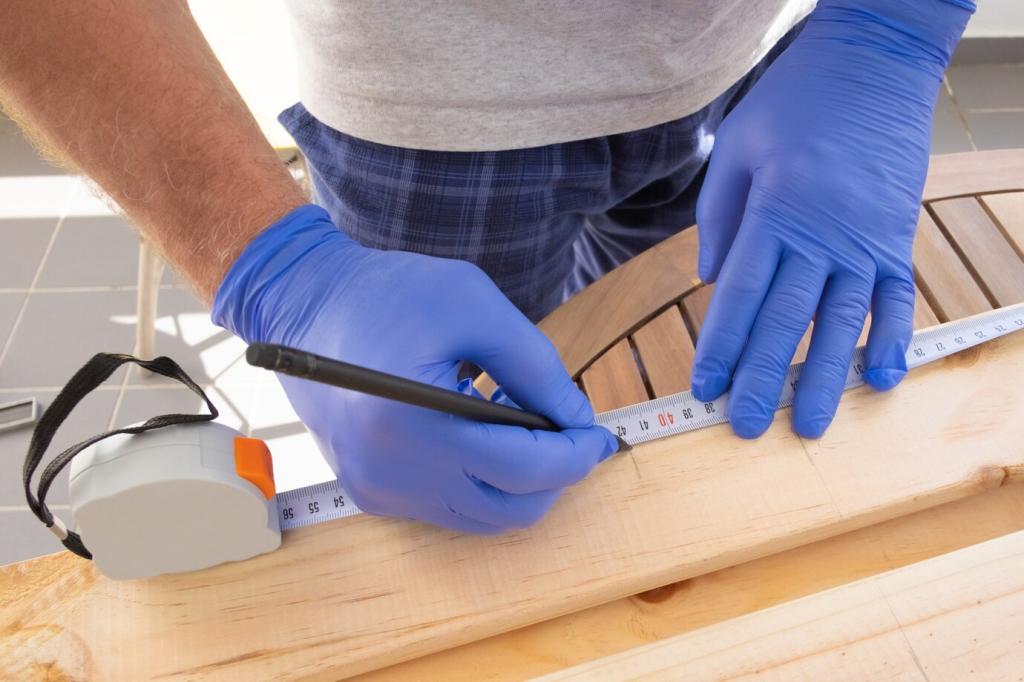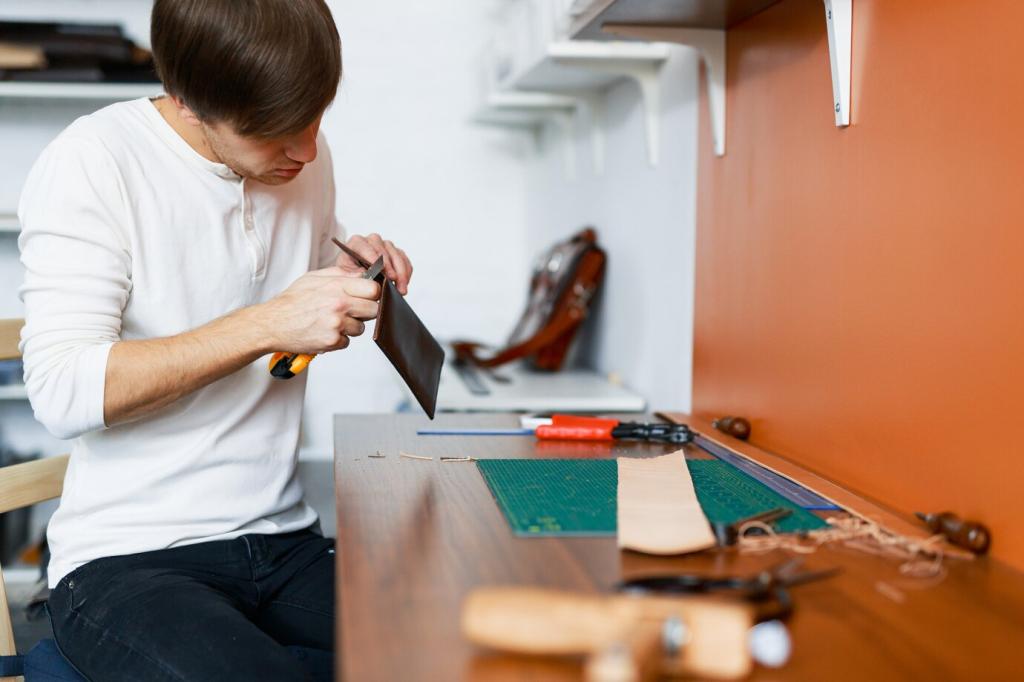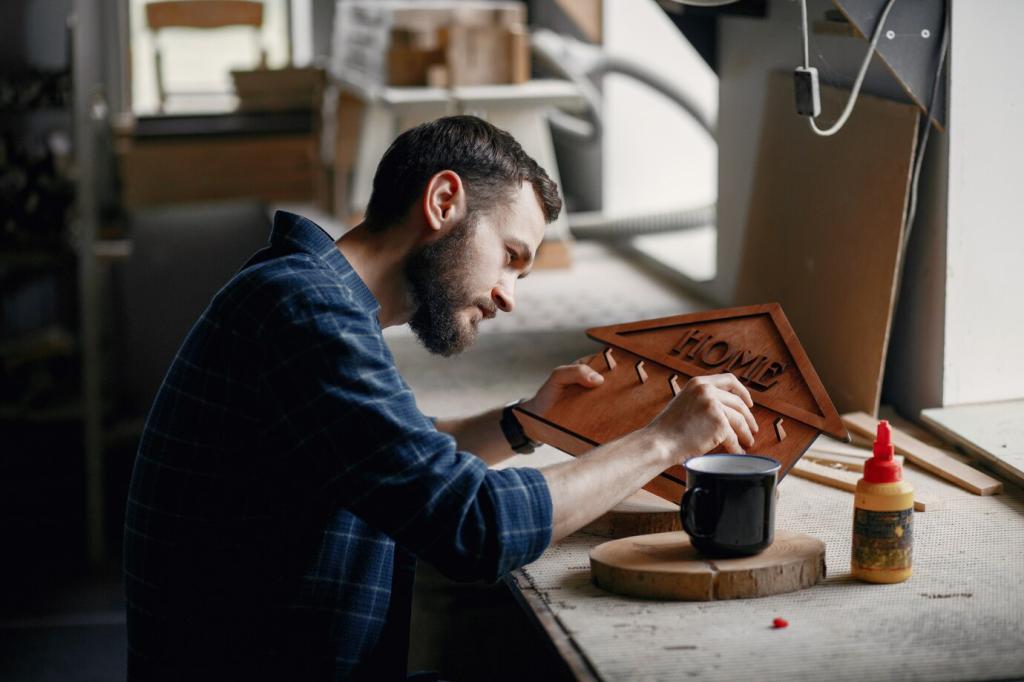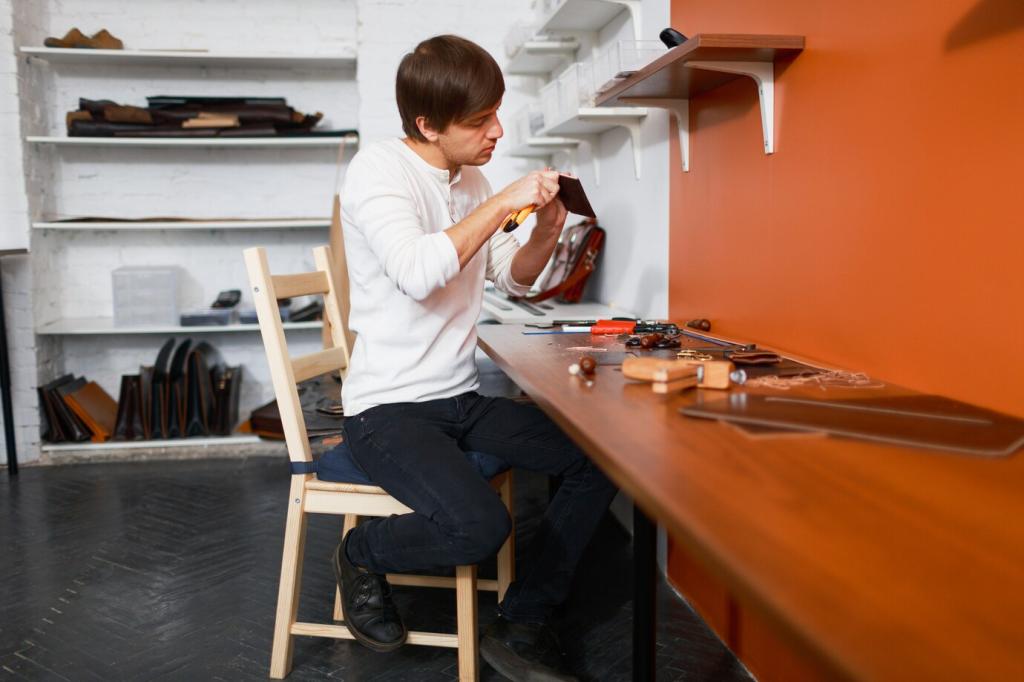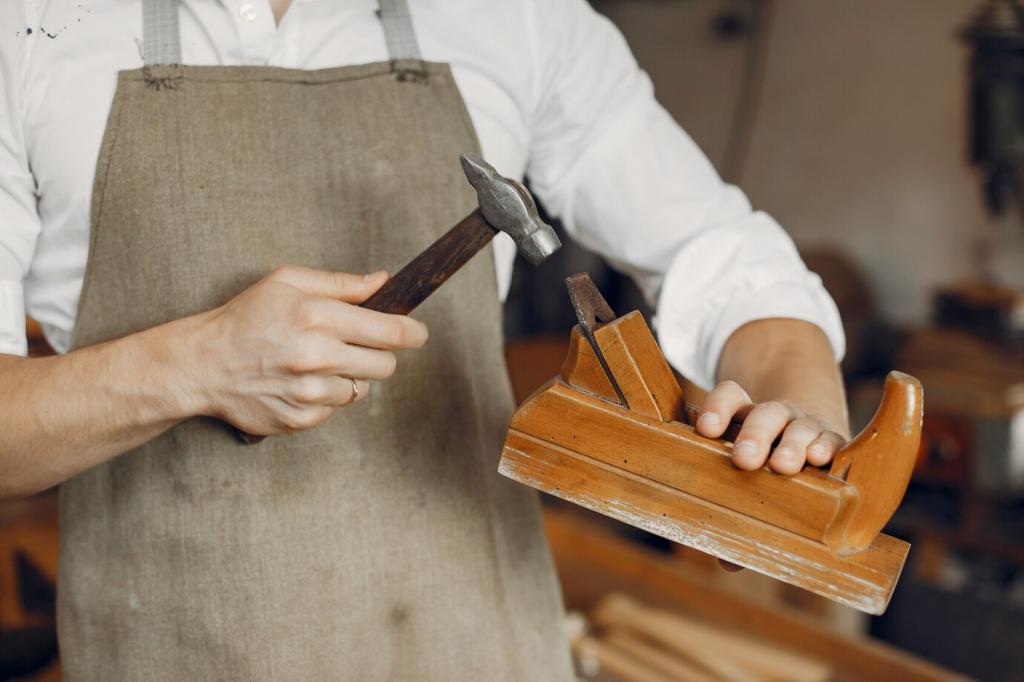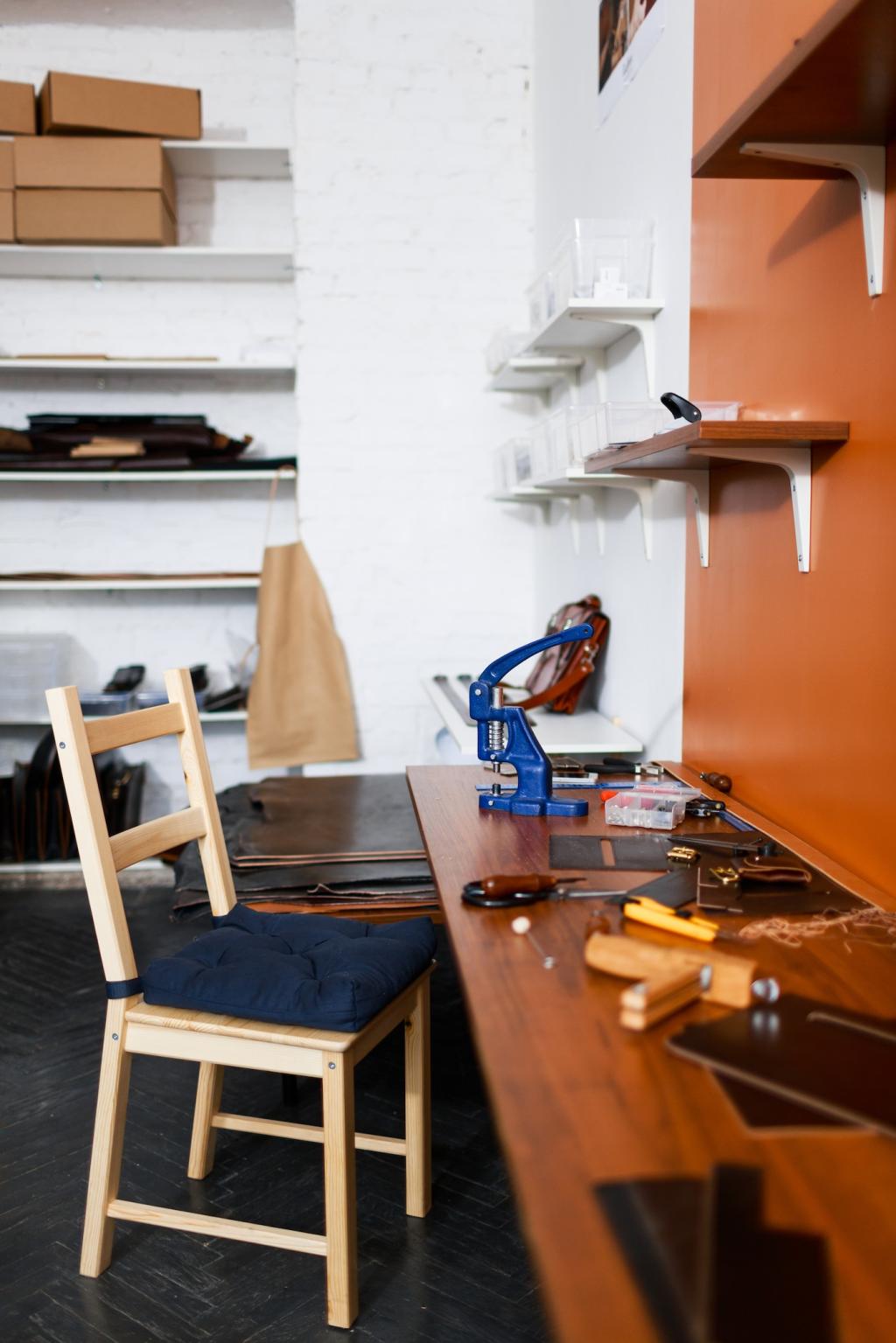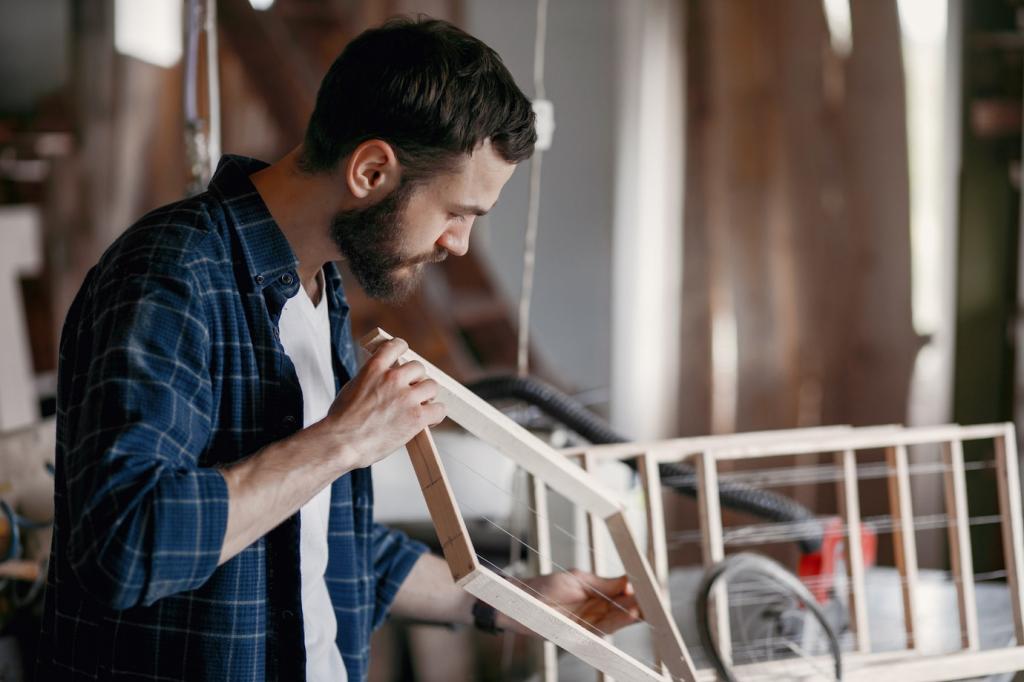Fixing Mistakes Without Panic
Let problem areas cure, then slice high spots with a razor held flat and sand level before recoating. What tools saved your last near-disaster? Share your before-and-after and encourage a fellow restorer today.
Fixing Mistakes Without Panic
Stir gently, avoid overbrushing, and use compatible solvents. If silicone contamination causes craters, clean aggressively and add a flow additive. Tell us which preventative steps finally ended bubbles in your workshop.

